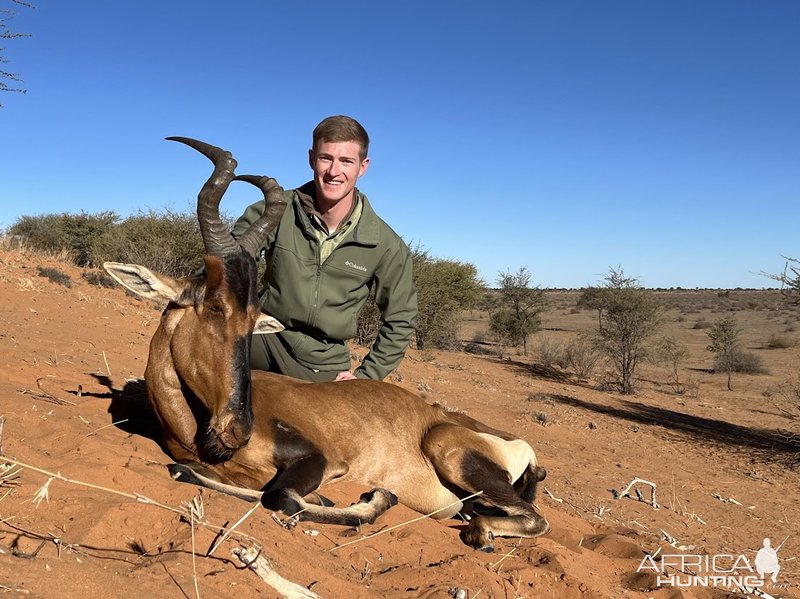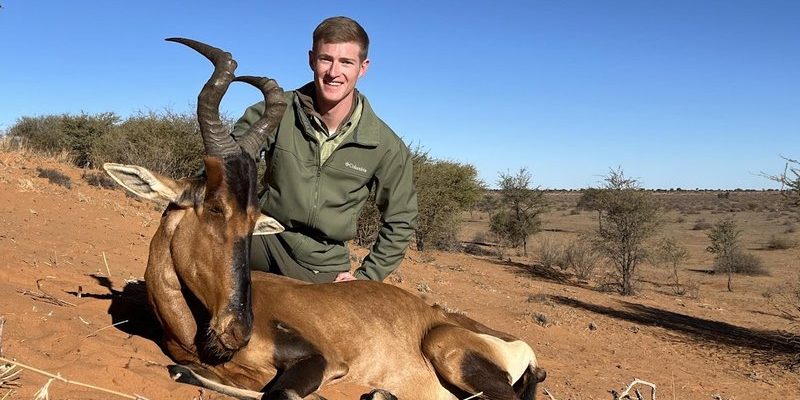
The hartebeest, a type of antelope, is found mainly in eastern and southern Africa. These animals have adapted remarkably to their habitats, which range from open grasslands to savanna woodlands. Just like a chef perfects their recipe, the hartebeest has honed its diet and hunting strategies for survival. But you may be wondering, what exactly does the hartebeest eat, and how does it manage to thrive despite its vulnerable position in the food chain? Let’s dive in!
Understanding the Hartebeest’s Diet
Hartebeests are primarily herbivores, which means they rely on plant materials for their nutrition. Their diet mainly consists of various types of grasses, making them grazers by nature. Just picture them roaming the plains, nibbling on the fresh green shoots that sprout up after the rain. They generally prefer grasses that are around 10 to 30 centimeters tall—the perfect height for their long necks to reach.
One of the remarkable things about hartebeests is their adaptability. In regions where food is scarce, they can switch their diet to include tougher grasses or browse on bushes and shrubs. This flexibility is crucial, especially during the dry season when preferred grasses become less abundant. Hartebeests have a tough digestive system, allowing them to extract maximum nutrients from the fibrous plant material they consume.
Another aspect of their diet is the need for water. While they can go for several days without drinking, hartebeests usually stay close to water sources, especially during the hot months. Access to fresh water aids digestion and helps them stay hydrated while they graze on their favorite snacks. You might say these animals have a “water and grass” strategy that keeps them well-fed and healthy.
Hunting Strategies: Not Just for Predators
You might think of hunting as something only predators do, but for the hartebeest, it’s about survival and avoiding becoming a meal themselves. They have developed several strategies to stay safe from their main predators: lions, hyenas, and leopards.
First and foremost, hartebeests rely on their herd mentality. They often form large groups, which not only provides safety in numbers, but also aids in scanning the environment for threats. Think of it as a group of friends watching each other’s backs at a crowded event. By constantly being alert and using their excellent eyesight, they can spot potential dangers from a distance.
When danger is near, hartebeests employ a strategy called “fleeing.” Their long legs are perfectly built for quick escapes. They can reach speeds of up to 50 km/h (31 mph), allowing them to sprint away from predators in the blink of an eye. Their ability to zigzag while running makes it harder for predators to catch them. It’s like playing a game of tag; the trick is to be quick on your feet!
Feeding Behavior and Patterns
The feeding behavior of hartebeests is quite interesting. They usually graze during the cooler parts of the day—early morning and late afternoon. This timing helps them avoid the brutal midday heat. Honestly, who wants to munch on grass under the scorching sun, right?
Hartebeests have a unique way of feeding. They often graze in a systematic manner, moving in a line across the grasslands. This technique not only allows them to cover more ground but also helps keep an eye on the surroundings, ensuring they can react to any lurking dangers.
Within their grazing areas, hartebeests might favor certain spots over others, depending on the quality of the grass. They tend to return to areas where the grass is most nutritious, just like how you’d revisit your favorite café for that delicious cup of coffee. This is an instinctive behavior that ensures they get the best sustenance possible.
The Role of Social Structure
The social structure of hardeabeests plays a vital role in their survival as well. They live in social groups that typically consist of females and their young, while males may form separate bachelor groups. This structure allows for cooperative behavior in grooming and alerting each other to danger.
Within these herds, you’ll see a hierarchy, much like any group of friends. Dominant males often get the first pick of mates and prime feeding spots. Here’s the thing: this social order helps maintain peace and reduces conflict among the animals. Everyone knows their place, which can be crucial for survival in a wild setting.
You might also notice that hartebeests communicate through various vocalizations, body movements, and signals to alert their fellows about potential threats. This cooperation enhances their chances of survival and helps maintain the stability of the group.
Adapting to Environmental Changes
Like many animals, hartebeests face challenges due to environmental changes. Factors such as drought, habitat loss, and increased predation can severely impact their populations. To cope, hartebeests have to adjust their behaviors and feeding patterns.
During dry periods, when food is scarce, hartebeests are known to migrate in search of greener pastures. This movement can sometimes lead them into danger zones where lions or other predators lurk, creating a delicate balancing act between hunger and safety.
Moreover, they often rely on their intelligence and adaptability to navigate changing landscapes. For instance, if they notice that certain areas have more nutritious grasses, they will adapt their grazing patterns accordingly. They don’t just wait for problems to solve themselves; they actively seek solutions, reflecting the resilience of nature.
Understanding the diet and hunting strategies of the hartebeest offers a glimpse into the complex web of life on the African savanna. These creatures show remarkable adaptability and social intelligence, ensuring their survival in an ever-changing environment.
From their grazing habits to their social structures, hartebeests exemplify how a species can thrive amid challenges. The next time you think of African wildlife, consider the hartebeest and its unique strategies for living life to the fullest. Through their determination and resilience, they remind us all of the beauty of nature and the instinct to survive.

